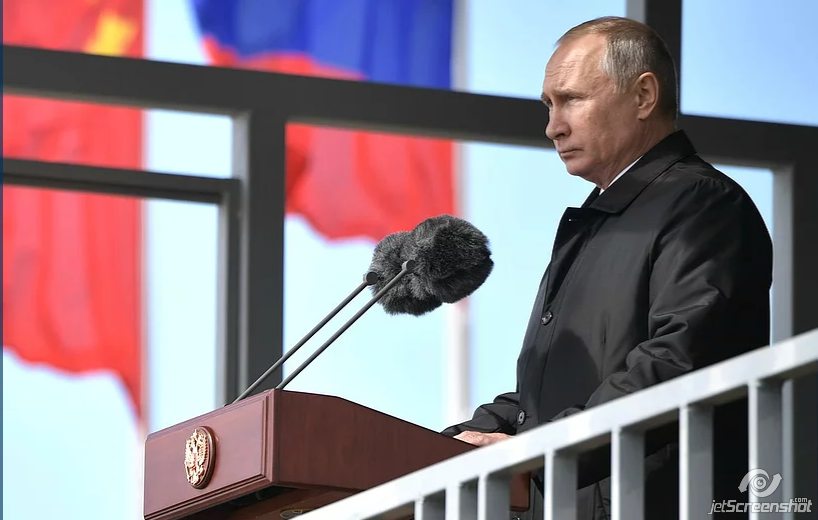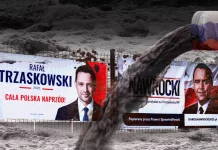
By Edward Lucas, for CEPA
Last week’s column looked at six political warfare tactics common to Russia and China, and three that are used (so far) only by the regime in Beijing.
That leaves eleven Kremlin-only ones. For convenience, they are in (English) alphabetical order.
First is the exploitation of economic, ethnic, linguistic, regional, religious, social, and other divisions. This is a hallmark Russian approach. Chinese divide-and-rule tactics focus on external alliances. The aim is simple: a weak country, beset by internal tensions, will have little time and energy to spare for security.
Second is economic sanctions such as import curbs and restrictions on exports and transit. I distinguish these from tactical tariff hikes of the kind seen in the current U.S.-China trade war. The aim here is to use economic pain to bring political pressure to bear as a penalty for a particular policy stance.
Third is interference with energy supplies, especially natural gas. China is not an energy exporter (though it arguably adopted a somewhat similar approach to its exports of rare earth minerals). Russia benefited from the legacy of Soviet-era infrastructure, which made it a near-monopoly supplier in much of the former empire. But careless use of this weapon has blunted its edge. Europe’s energy system is now far more diversified and resilient.
The fourth weapon is financial. This includes stoking panics such as bank runs, and in using financial markets to punish or reward political actors. Russian entities and agencies expertly exploit the country’s position in the bond and commodity markets for insider trading – simultaneously moving the price and betting on the movement.
Fifth is weaponizing history. China lies about its own history, but a Kremlin specialty is besmirching the reputation of target countries, such as depicting them as Nazis for their resistance to Soviet aggression or occupation. This not only damages the victims’ reputation. It distracts attention from Kremlin crimes.
Sixth is covert information operations such as the hacking and leaking attacks seen in the U.S. and French presidential elections. Technically trivial, they require a sophisticated understanding of the target country’s media and political systems. That is a Russian specialty and not, so far, a Chinese one.
Seventh is abuse of the international and local legal systems, such as issuing INTERPOL Red Notices to critics, mounting libel actions, and vexatious lawsuits. China has tried “lawfare” on a small scale, notably in Australia. But for the Kremlin, it is a heavy weapon. The aim here is not victory. It is deterrence. A few million spent on legal fees is nothing for Russian plaintiffs. But the prospect of a heavy defense bill is daunting for Western media, think-tanks, academics, and campaigners. Their silence, for the Kremlin, is golden.
Eighth is outsourced warfare. Private security contractors, such as the Wagner Group, offer a full-service arsenal to hard-pressed dictators, ranging from cyber to kinetic. The customer pays by providing natural resource and other concessions – and with diplomatic support for the Kremlin.
Ninth is the exploitation of religious sentiment, especially among Orthodox believers. China has nothing to offer on this front. But canonical independence for the Ukrainian Orthodox Church has highlighted the costs of overreach.
Tenth is subversion of social norms, public confidence, and state institutions, chiefly through the nihilistic propaganda of media outlets such as RT and Sputnik. The message is simple and corrosive: trust nobody.
Finally is support for potentially violent antisocial behavior. This emerging threat comes via Russian intelligence agencies’ overt and covert backing for groups that particularly attract alienated, bored young people, mainly men. Examples include anti-crime vigilantes, mixed martial arts clubs, and biker gangs. The ultimate purpose of these capabilities, worryingly, is unclear.
Europe’s Edge is an online journal covering crucial topics in the transatlantic policy debate. All opinions are those of the author and do not necessarily represent the position or views of the institutions they represent or the Center for European Policy Analysis.
By Edward Lucas, for CEPA




